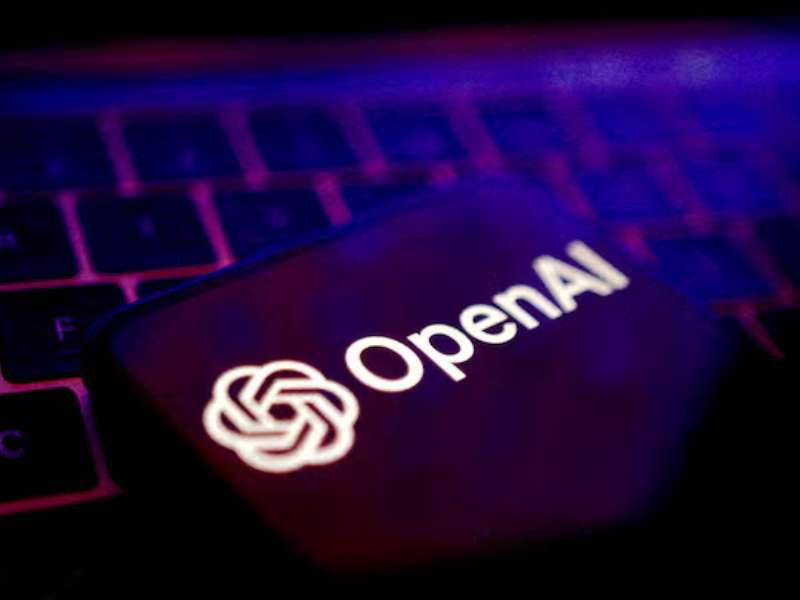OpenAI rents Googles AI chip to power its flagship product ChatGPT and meet rising computational demands, a source close to the matter told Reuters on Friday. This unexpected partnership marks a significant shift in OpenAI’s strategy, as the company is widely known for its heavy dependence on Nvidia GPUs and Microsoft’s data centers.
According to a previous exclusive Reuters report, OpenAI planned to expand its computing capabilities by integrating Google Cloud services—an unexpected collaboration between two major rivals in the AI space.
For Google, the deal comes as part of its strategy to open up its custom-designed tensor processing units (TPUs) to external customers. These chips, once used only internally, are now helping Google attract clients like Apple, as well as OpenAI competitors such as Anthropic and Safe Superintelligence—both of which were founded by former OpenAI leaders.
This shift to Google’s TPUs marks the first meaningful use of non-Nvidia chips by OpenAI. It also signals a reduction in reliance on Microsoft’s data centers, despite Microsoft being one of OpenAI’s biggest backers. According to a report by The Information, this move could make TPUs a more cost-effective alternative to Nvidia GPUs.
OpenAI reportedly hopes to use TPUs, rented through Google Cloud, to lower the cost of inference—the process where trained AI models generate predictions or decisions based on new input data.
However, Google is not offering its most powerful TPUs to OpenAI, The Information noted, citing a Google Cloud employee. Google declined to comment on the matter, and OpenAI did not immediately respond to Reuters’ request for comment.
Despite the competitive tension, OpenAI joining Google’s customer list showcases how the tech giant is leveraging its end-to-end AI infrastructure—from hardware to cloud software—to boost its presence in the cloud computing market.
This collaboration highlights a broader trend in the AI industry: even fierce competitors may align strategically when it comes to scaling the immense computing power required for next-generation artificial intelligence.

